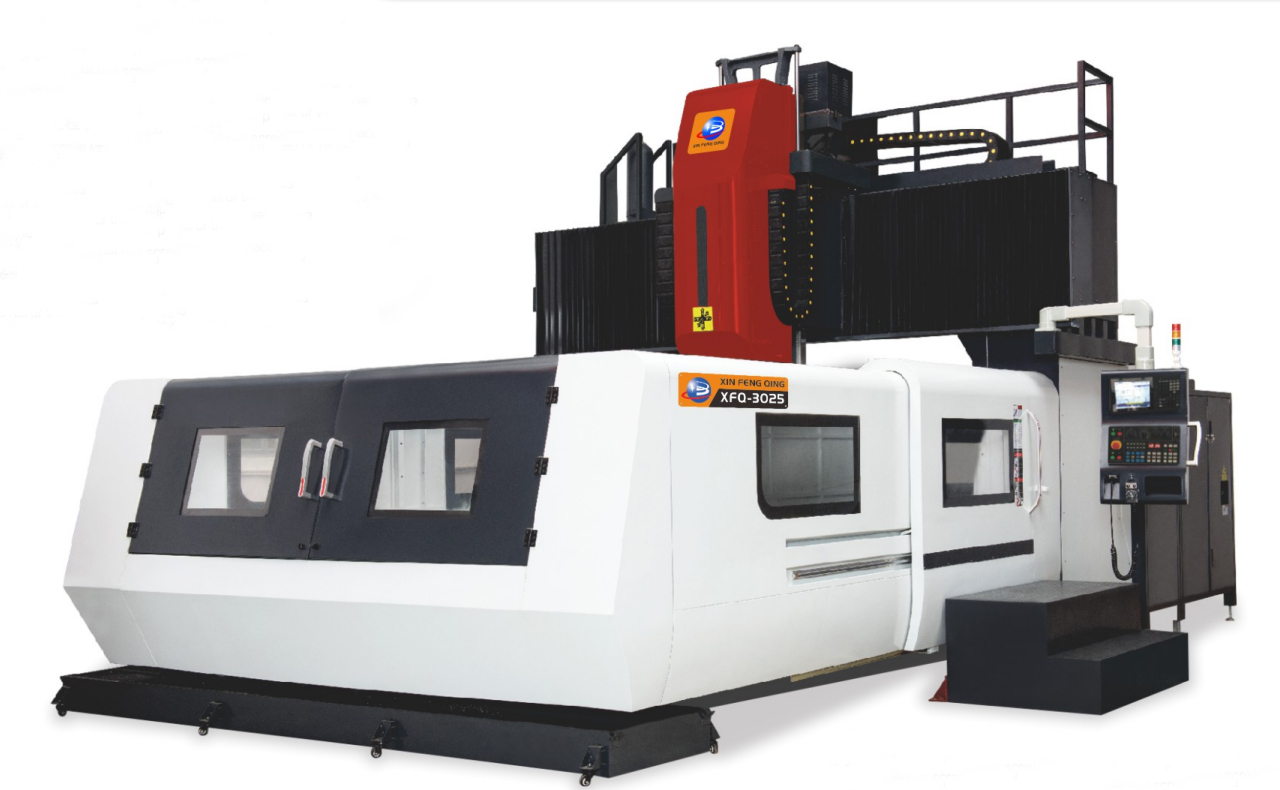Sensor technology has revolutionized various industries, enabling the collection of valuable data and enhancing decision-making processes. From automotive to healthcare, sensors play a crucial role in monitoring and controlling systems. However, amidst their numerous advantages, it is essential to shed light on the main disadvantage of sensor technology. In this article, we will explore this drawback in detail, providing insights into its implications and potential solutions.
The Main Disadvantage: Reliability and Accuracy Limitations
While sensors have significantly improved efficiency and productivity, their main disadvantage lies in the limitations of reliability and accuracy. This drawback stems from several factors, including environmental conditions, sensor calibration, and potential interference.
- Environmental Conditions:
Sensors are susceptible to variations in environmental conditions, such as temperature, humidity, and electromagnetic interference. These factors can affect the performance and accuracy of the sensors, leading to erroneous readings or even complete failure. For instance, in industrial settings with extreme temperatures or high levels of dust, sensors may struggle to provide accurate data consistently. - Sensor Calibration:
To ensure accurate measurements, sensors require regular calibration. However, this process can be time-consuming and complex, especially when dealing with a large number of sensors. Failure to calibrate sensors adequately can result in inaccurate readings, leading to flawed decision-making and potential safety hazards. Additionally, calibration drift over time can further compromise the reliability of sensor data. - Interference:
Interference from external sources, such as electromagnetic fields or other nearby sensors, can disrupt the signals received by sensors. This interference can introduce errors or distort the data collected, compromising the reliability and accuracy of the sensor readings. In critical applications like medical devices or autonomous vehicles, such inaccuracies can have severe consequences.
Mitigating the Disadvantage:
While the reliability and accuracy limitations of sensor technology pose challenges, there are strategies to mitigate these disadvantages and enhance the overall performance of sensor systems.
- Redundancy and Fault-Tolerant Systems:
Implementing redundancy in sensor systems can help overcome reliability issues. By using multiple sensors to measure the same parameter and comparing their readings, faulty or inaccurate data can be identified and discarded. Additionally, incorporating fault-tolerant systems that can detect and compensate for sensor failures can ensure uninterrupted operations. - Advanced Calibration Techniques:
Developing advanced calibration techniques, such as automated calibration algorithms or self-calibrating sensors, can streamline the calibration process and improve accuracy. These techniques can reduce human error and minimize the time required for calibration, enhancing the reliability of sensor data. - Shielding and Filtering:
To combat interference, shielding sensors from external electromagnetic fields or using filters to eliminate unwanted signals can significantly improve accuracy. Careful placement and isolation of sensors can also minimize interference from neighboring sensors, ensuring reliable and accurate readings.
Conclusion:
While sensor technology offers immense benefits across various industries, it is crucial to acknowledge and address its main disadvantage – reliability and accuracy limitations. By understanding the impact of environmental conditions, emphasizing proper calibration, and implementing strategies to mitigate interference, the reliability of sensor data can be enhanced. As technology continues to advance, it is essential to focus on overcoming these challenges to unlock the full potential of sensor technology in the future.






+ There are no comments
Add yours